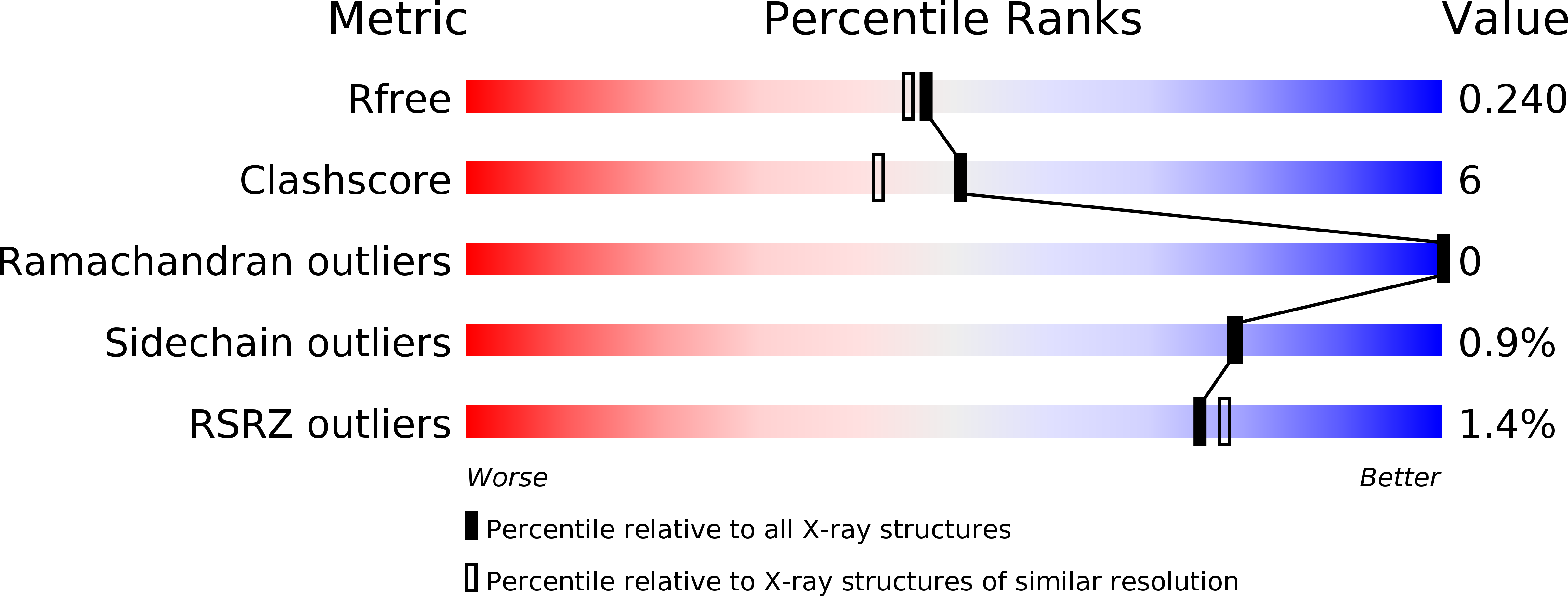
Deposition Date
2015-10-26
Release Date
2016-11-16
Last Version Date
2024-05-08
Entry Detail
PDB ID:
5FLG
Keywords:
Title:
Crystal structure of the 6-carboxyhexanoate-CoA ligase (BioW)from Bacillus subtilis in complex with AMPPNP
Biological Source:
Source Organism:
BACILLUS SUBTILIS (Taxon ID: 1423)
Host Organism:
Method Details:
Experimental Method:
Resolution:
2.04 Å
R-Value Free:
0.23
R-Value Work:
0.20
R-Value Observed:
0.20
Space Group:
P 21 21 21


